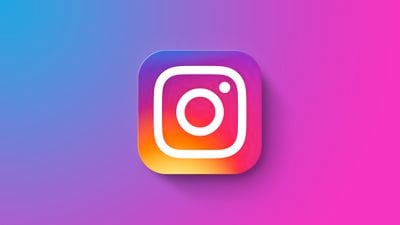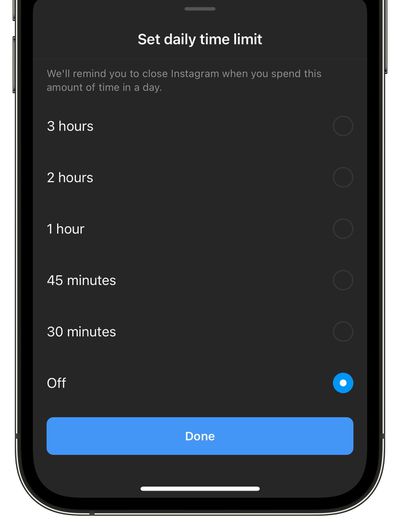Most incorrectly assume influencer marketing is a saturated space with over-glorified returns.
Because of mediums like social media, digital marketing has evolved. However, we are still at the earlier stages of its development because no one has yet tapped into its true potential. Some businesses have used influencer marketing, but it is an unexplored space with so much to offer.
I have seen drastic changes occur within marketing as someone who's been in the industry for more than five years. Influencer marketing was one of those routes that changed quickly within the past few years, and my agency quickly learned how effective micro-influencers could be.
How is influencer marketing only the beginning of this space?
Influencer marketing is a kind of social media marketing that uses plenty of help through endorsements and products mentioned by influencer individuals. These individuals have a dedicated social following and are considered experts in their particular area or niche.
This type of marketing works because people trust the social influencers they follow. And recommendations from these influencers will work as social proof that businesses can target their potential customers.
Social media has only recently started to gain momentum, especially in the post-pandemic era. While sitting in their homes, people were more glued to their screens and realized that they were missing out on so much. That is why so many people have joined social media, or have activated their long-lost accounts again and got back into the groove of social media platforms.
Influencers with an already huge following gained more followers and established their authority in their particular niche. This made businesses work with them to communicate with their prospective customer base.
Micro-influencers and their effectiveness
They always say bigger is better. But when it comes to influencer marketing, the opposite is true. You might think that influencers with more followers (over ten thousand) would be better for your business's influencer strategy. But that is not the case.
Sometimes, micro-influencers with fewer followers can produce the best results for companies and brands. This is because they can produce more clicks, engagement and higher ROI. Engagement is oftentimes not very high for influencers that have a massive following. Therefore, with a low fanbase, engagement is pretty high, which businesses are looking for. It's all about getting people to recommend and follow up with a purchase.
Businesses don't need more followers for their brand or products if they can't convert those followers to sales. So, it's all about increasing the number of sales, and micro-influencers can work the best.
How can businesses use influencers?
The best thing about using an influencer strategy is that people consider influencers to be their friends and not celebrities. These influencers are cost-effective, and they have niche communities online. Apart from that, they have high engagement rates.
But to make the best use of the opportunity, you have to outline your expectations and goals and set a budget with this outline. After that, you need to find the right influencers and verify their online presence. Make sure your product aligns with their niche.
Negotiate your fees and create an agreement contract. Now, start monitoring your progress, and don't forget to provide your influencer with all the links to your company, brand and products.
How to find the right influencer for your business without an agency
There are two essential criteria you need to focus on. First, you have to look for the niche of the influencer. You must go for the influencer who is an expert in your niche. This way, you will align your goals and objectives with the influencer.
You also need to look at your budget and how much you can afford. Then, look for the influencers that have high engagement rates. They also need to post regularly to have a distinct personality and voice.
You can ask your prospective influence to provide you with a performance report and check the engagement rates. You can use third-party influencer tools to narrow down your search. These tools include the likes of NeoReach or SocialRank.
What will influencer marketing look like in 2022 and beyond?
Influencer marketing is already changing. People's focus has shifted from brands to influencers who talk about different brands and recommend their products. People are looking for more engaging content and trying to interact. It's not about following a brand or a product blindly.
The thing is, people not only look to connect with these influencers on a single platform, but they also look to follow them across different social media platforms. So, for instance, if an influencer is on YouTube, their followers will follow their profiles on Instagram, Twitter and whatever other social media handles they have.
These influencers will also become critical for many affiliate programs. Affiliate marketing and influencer marketing are two different activities, but the line that separates them is quickly fading away. Affiliates are looking to work with influencers to get more sales.
With the trends coming to reality, companies should take note of different influencer campaign opportunities.
Article from: Entrepreneur








































